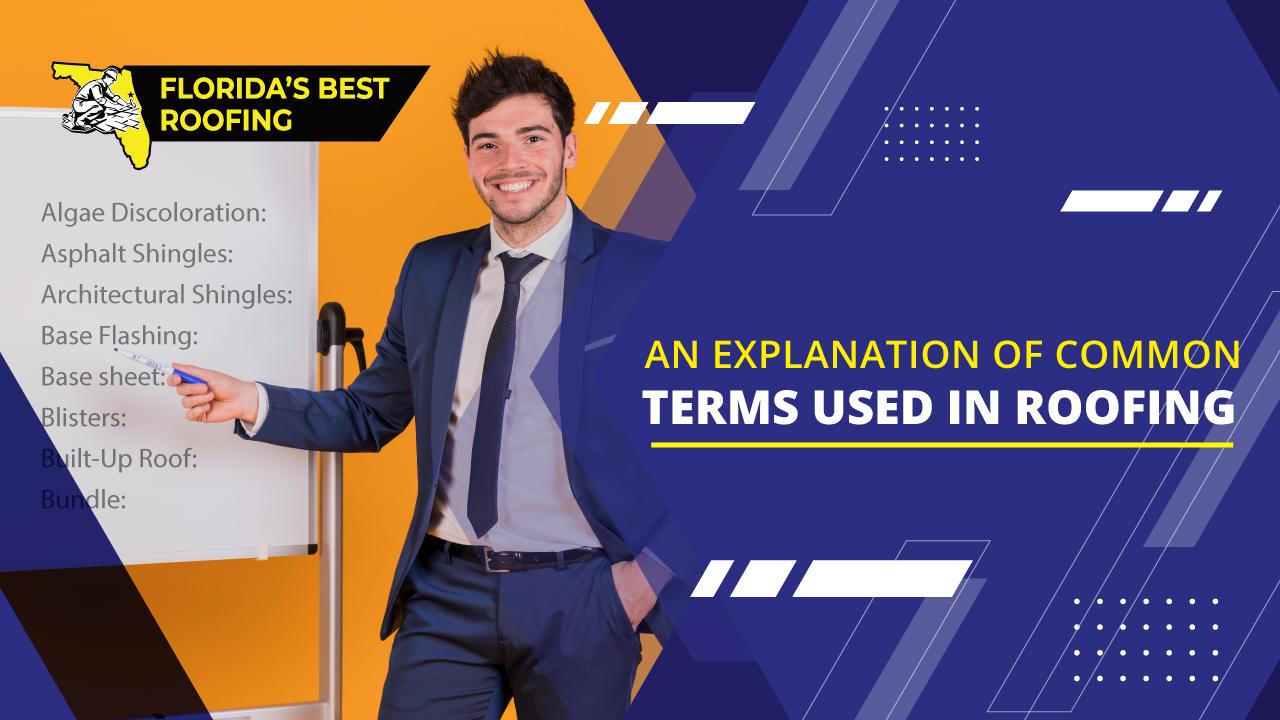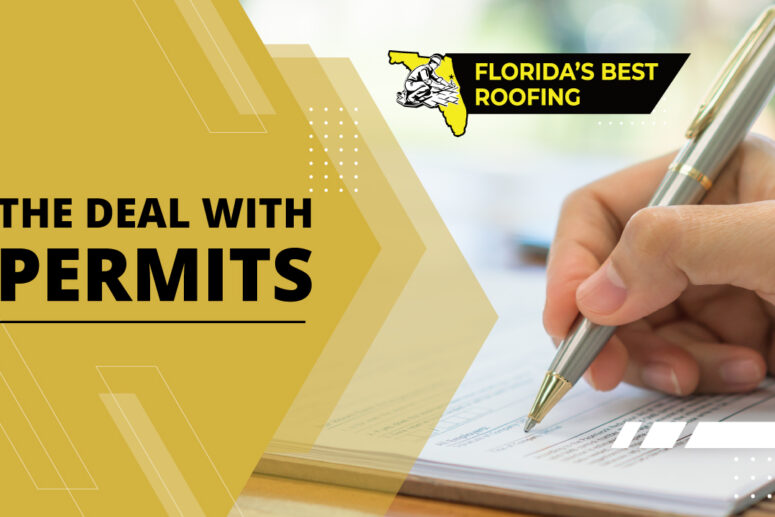Like any other profession, the roofing business uses jargon: certain terms that may not be immediately familiar to those not involved in the profession or that might have different meanings from their normal usage. For this reason, discussing roof repair or roof replacement may put the customer at a disadvantage or at the very least a state of confusion. To help prevent this, we want to share with you the meanings behind some common terms that you will hear if you call or hire a roofing contractor. With this information, you’ll be able to discuss roofing like a pro!
Algae Discoloration: This is a type of roof discoloration caused by algae, usually taking the form of dark streaks. It is often mistaken for fungi growth.
Asphalt Shingles: Fiberglass shingles with a bituminous waterproofing material applied during manufacture.
Architectural Shingles: Also called Laminated or Three dimensional shingles. These are shingles that have more than one layer for extra thickness and protection.
Base Flashing: That portion of the flashing attached to or resting on the deck to direct the flow of water onto the roof covering.
Base sheet: A product intended to be the base or middle ply in a residential self-adhering roll roofing system used to cover flat or very low sloped roofs.
Blisters: Bubbles that may appear on the surface of asphalt roofing after installation.
Built-Up Roof: This is a roof covering method that consists of multiple layers of ply sheets embedded in hot asphalt. It is used for flat or low sloped roofs.
Bundle: This refers to the way shingles are packaged. There are typically 3, 4 or 5 bundles per square.
Cap Sheet: A mineral surfaced material that is used by itself or as the top layer of a multi-layer rolled roof covering system.
Chalk Line: A line made on the roof by snapping a taut string or cord dusted with chalk. This is a method for aligning shingles in roof installation.
Counter Flashing: That portion of the flashing perpendicular to the base flashing attached to a vertical surface preventing water from migrating behind the base flashing.
Course: This refers to a row of shingles or roll roofing running the length of the roof.
Coverage: The number of layers of material between the exposed surface of the roofing and the deck.
Cricket: A peaked saddle construction at the back of a vertical feature on the roof (like a chimney) that prevents accumulation of snow and ice and to deflect water around the feature.
Deck: This is the surface of the roof that is attached over the frame. It can be made of plywood or OSB.
Drip Edge: A corrosion-resistant, non-staining material (typically metal) that is installed along the eaves and rakes to allow water run-off to drip clear of underlying construction.
Eave: This is the horizontal, lower edge of a sloped roof.
Felt: Fibrous material saturated with asphalt and used as an underlayment.
Flashing: Pieces of metal used to prevent the leaking of water into a structure around any vulnerable place in a roof such as vents, chimneys, adjoining walls, dormers and valleys.
Granules: Crushed stones applied to the top of asphalt roofing shingles to form a protective layer.
Overhang: That portion of the roof structure that extends beyond the exterior walls of a building.
Peel and Seal: A self-adhering waterproofing underlayment designed to protect against water infiltration due to ice dams or wind driven rain.
Soffit: This is the finishing on the underside of the eaves, typically metal or vinyl.
Square: This is the unit for measuring the roof surface, equalling to 10ft. x 10 ft.
Starter Strip: Asphalt roofing applied at the eave that provides protection by an additional layer of material under the cutouts and joints of the first course of shingles.
Synthetic Underlayment: An underlayment product that is typically manufactured using polypropylene and is used as an alternative to felt underlayment.
Valley: The internal angle formed by the intersection of two sloping roof planes.
Vent: Any outlet for air that protrudes through the roof deck such as a pipe or stack.
If you have any questions regarding roofing terms, don’t hesitate to contact us. As your contractor, we will always work as hard as we can to make sure you are pleased with your new roof. If you are interested in roof replacement and you are in the Palm Coast, Flagler, or Volusia area, please give Florida’s Best Roofing a call at 386-263-7906 for a free estimate!



